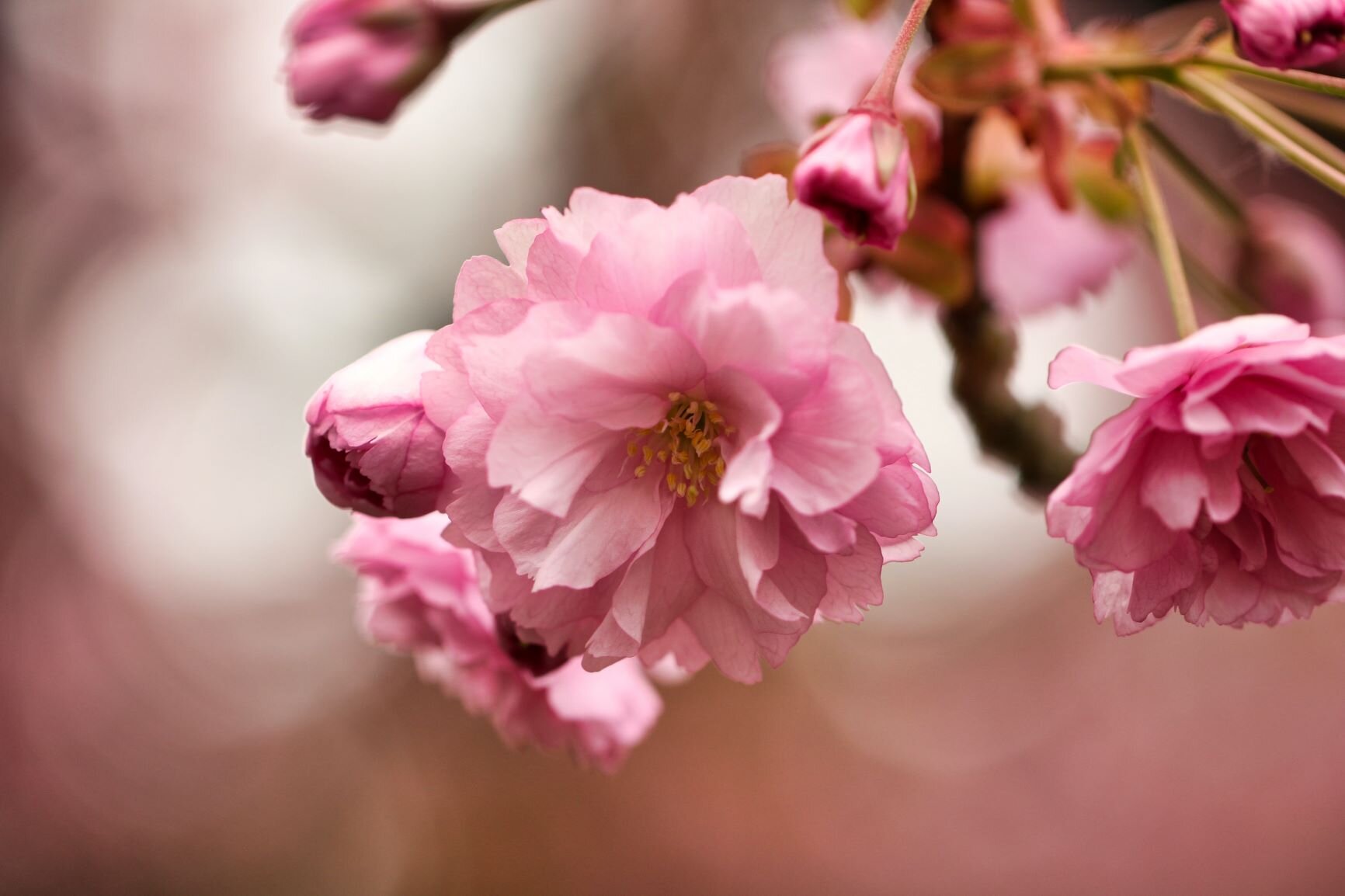Photo by Marc Schulte on Unsplash
This is my least favorite time of year, the transition from winter to spring. (Or “sprinter,” as I call it.) Just because the calendar says it’s spring, doesn’t make it so. I didn’t wake up the morning after the vernal equinox to find the landscape transformed—the trees fully leafed and buds all abloom.
Transition and transformation don’t work like that—in nature or in life.
That’s precisely why I find this time of year so challenging. The longer daylight hours and unpredictable weather are discomfiting. It feels like a whipsaw. One day it’s blue skies and sunshine, and the next it’s howling winds and blowing snow. And then there’s the 30+ degree temperature swing during the day. Am I bundling up with fleece-lined leggings, a sweater, a scarf, a puffer vest, and Uggs or paring down to jeans, a t-shirt, and sneakers? Or is it all of the above?!
This living in the liminal space between Mother Nature’s seasons reminds me of what it feels like weathering life’s transitions. I am neither here nor there. It can be painful living in this uncertainty, ricocheting between hope and grief.
While I delight in seeing the first daffodil bloom in the yard, I’m sad knowing that I will soon lose the lacey beauty of the bare tree branches. There’s a desire to stay cocooned and a reluctance at being prodded to re-emerge.
I know from experience that this resistance to a new season—in nature and in life—is because internally I have not caught up to the changes that are happening outside me. Transition and transformation take time. The process of re-emerging involves a releasing of the old and a reclaiming of what’s true in this new season.
During transition, we tend to focus on the external changes because they’re obvious and tangible. But focusing only on the external keeps us distracted from what’s transforming within us. Whether consciously or unconsciously, we’re keenly aware of the discomfort we feel in this liminal space. So to comfort ourselves we operate on autopilot, sticking with what we know or returning to the familiar.
I know because that’s exactly what I did immediately after my divorce. I focused on making the external changes I needed to build a new life. I didn’t focus on nurturing the internal changes, releasing the old and discovering what was true for me in the now at that time.
What happened? I ended up rebuilding an old life. I returned to a familiar place and took a job that used skills from a previous career. I even ended up in a relationship with someone I had dated before my first marriage.
Here’s the thing: If you’re only focused on the external changes and using those as the yardstick by which you measure your progress and success, in the end, it’s likely not much will really change or not for long. You will likely find yourself in much the same place you were before. Only by tending the inner space can you effect real and lasting transformation.
As you move into Mother Nature’s new season, notice if you feel the stirrings of a new season awakening within you. If so, here are a couple suggestions for tending your inner space:
Get still. We live in a noisy world full of distractions. Only by getting still can you learn to discern between the thoughts that are keeping you stuck on autopilot and the small quiet voice of your soul. Meditation, qigong, and prayer (whatever that looks like for you) are wonderful stillness practices. If you are new to a stillness practice, you can start by just sitting quietly for a few minutes or taking three slow, deep breaths whenever you need a pause.
Inquire within. Questioning your thoughts and beliefs is one of the best ways I know for releasing what no longer serves you. My go-to self-inquiry and reflection practice is pulling an oracle card. There are two card decks I turn to often: Wild Offering by Tosha Silver (an old favorite) and How Good Are You Willing to Let It Get by Sarah Bamford Seidelmann (a new favorite). I believe so much in this practice that I even created a couple programs of my own to help you let go.
Be curious. After you’ve started letting go of the old, you can begin reclaiming what’s true for you. When you’ve spent a lot of time living by others’ truths (family, church, spouse, culture, employer, etc.), discovering your own truth can be overwhelming. Reading the work of others who have traveled this path can be helpful in getting to know yourself better. There are a gazillion books to help you on this journey of self-discovery, but two books I have found helpful are The Happiness Project by Gretchen Rubin and It’s Just My Nature by Carol Tuttle.
Reach out. Sometimes you need a helping hand to move forward. A coach can help. If you are feeling stuck in the process of re-emerging and would like a reference or two, let me know. I know some wonderful coaches with various specialties.
Transition and transformation take time—often longer than we like or are comfortable with. Take heart in knowing that we all re-emerge and bloom in our own time. You will, too.
I love this artwork by Lisa Aisato that hangs in my office. To me, this is exactly what transition and transformation feel like. The image is a wonderful reminder that I, along with spring, will re-emerge at exactly the right time.


